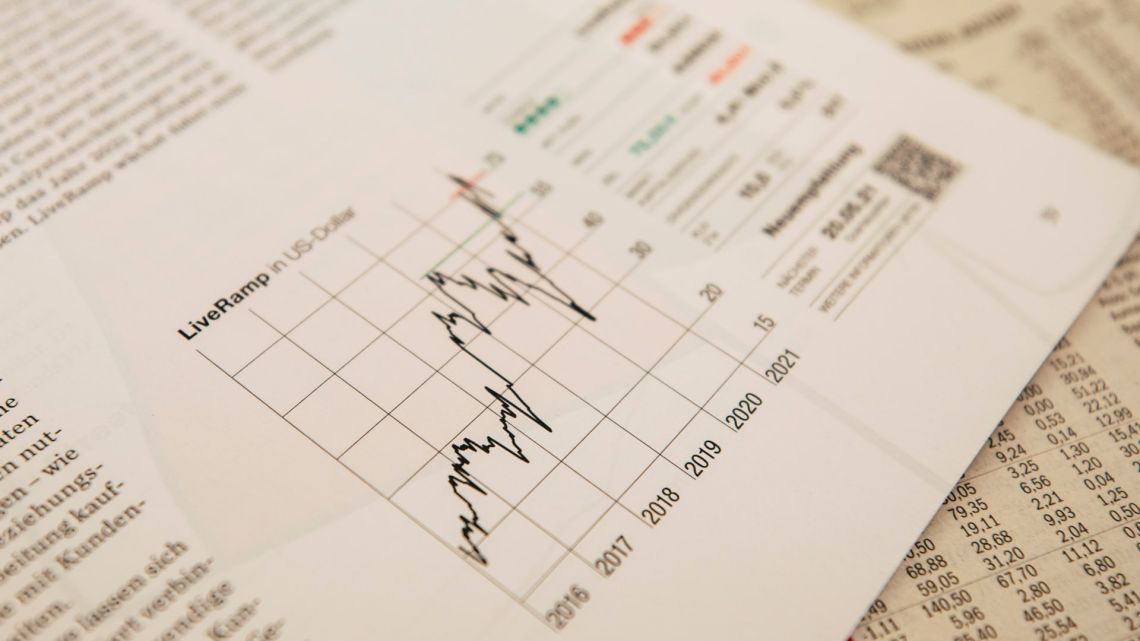
The cost of gasoline at the pump has increased over the past month, and it is expected that U.S. drivers will face even higher prices by late February as refinery-maintenance season begins.
According to data from GasBuddy, the average U.S. retail price of regular unleaded gasoline stood at $3.132 per gallon early Friday afternoon, reflecting a 4.7 cent increase from a month ago.
The rise in gas prices can be attributed to the increase in oil prices, primarily due to the recent attacks on vessels in the Red Sea by Houthi rebels and the attack on U.S. troops in Jordan in late January. These events have heightened concerns about potential supply disruptions and shipping delays, as stated by Patrick De Haan, head of petroleum analysis at GasBuddy.
In January, global benchmark crude futures saw a gain of 6.1%, while U.S. benchmark crude climbed 5.9%. Furthermore, futures prices for reformulated gasoline hit a two-year low in December, resulting in part of the increase in retail gas prices being a rebound from this low point.
Additionally, harsh winter weather conditions in mid- to late-January have impacted U.S. gasoline production, particularly in Texas, contributing to upward price pressure.
Looking ahead, De Haan explains that the gasoline market typically experiences a seasonal rise in prices starting around mid-February. This is because refinery maintenance typically ramps up during this month and the market transitions towards the production of summer-grade gasoline, which is more environmentally friendly and must be in compliance by May 1.
Furthermore, gas demand usually starts to increase again in February and continues to rise throughout the spring months.
Overall, while gasoline prices have already witnessed a modest increase, it is anticipated that prices will see even bigger gains by late February as refinery-maintenance season and the shift towards summer gasoline standards take effect.
California's Transition to Low-RVP Gasoline Impacts Refinery Capacity
California, specifically Southern California, is making headlines as the first region in the country to switch to lower-Reid vapor pressure (RVP) summer gasoline. This move comes as a requirement from the California Air Resources Board in an effort to combat air pollution.
RVP serves as a measure of gasoline volatility, and the transition to lower RVP means that it is less likely to evaporate and contribute to pollution. However, this shift has highlighted a critical issue – the state's declining refinery capacity.
According to experts, the decline in capacity is largely attributed to incentives promoting the production of biofuels. In fact, California has witnessed a 10% drop in refinery capacity compared to just 3.8% nationally. Texas, considered "oil-friendly," experienced a mere 2% decrease.
As a result, California is predicted to face another challenging year. It desperately needs increased refinery capacity or a significant reduction in demand to stabilize the situation.
Currently, the average price for a gallon of regular unleaded gas in California is $4.524, as reported by GasBuddy data. While this reflects a 16.3 cents decrease from a month ago, it is still down by 5.3 cents from just a week ago.
As a precautionary measure, the state is encouraging refiners to stock up on inventory to protect against sudden price surges in the spot market. Regulations implemented in June 2023 require monthly refinery margin reports and daily reports on spot market transactions from refinery operators in California. Additionally, reports on refinery maintenance and imports are also mandatory.
Experts anticipate that gas prices in California will continue to rise until April or May due to seasonal factors. Conversely, the rest of the nation will experience smaller increases until mid- to late-February before the nationwide upward trend commences.
While national gasoline prices typically surge during the spring season, industry analyst DTN's Milne suggests that structural changes and a slowdown in gasoline demand may cap this year's price upturn.
Nevertheless, it is projected that average retail gas prices could increase by 20 cents per gallon or more by March, with similar gains anticipated in California. Any unexpected refinery outages would further accelerate this upward trend.













Write Your Comment